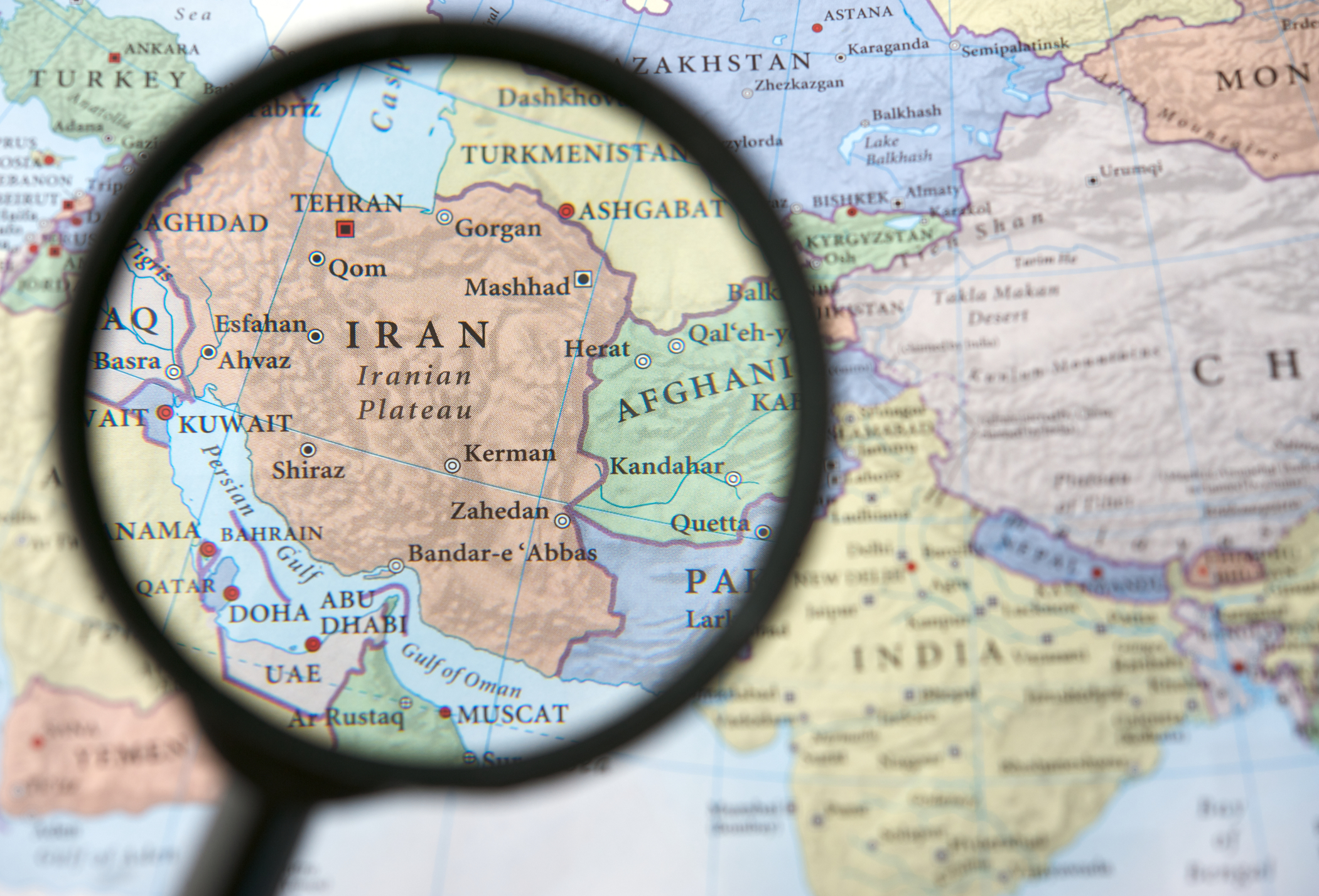Iran’s Space Capabilities and Ballistic Missile Ambitions
Iran’s space program attracted equal attention and criticisms as its nuclear and missile programs did.
There were always concerns that Iran’s space program could be converted into long range missile programs of intercontinental ranges to deliver nuclear weapons.
Iran’s sophistication in ballistic missile technologies further made it complex for Tehran to pursue its space program.
Nevertheless, amid the criticisms and concerns of the global order, Tehran pursued with its space program.
Iran’s space capability
Iran’s defence ministry along with assistance from the Islamic Revolutionary Guard Corps (IRGC) play crucial role in Iran’s space capabilities. Nevertheless, it is the president of Iran who functions as the chairman of the Iranian Space Agency (ISA).
Iran like China, that derived its Long March from its ICBM capability, has focused on ballistic missile technology and utilised the technology for its satellite launch vehicles (SLVs). It would be interesting to know that the IRGC also has a separate space program, “Super Project” that runs outside the structure of the state run space program.
Reportedly, under President Mohammad Khatami in 1998, Iran had also used a modified version of the Shahab-3 ballistic missile as a space launch vehicle to fulfill its space ambitions.
However, this program lost its attention since the program started to slow down with time until 2007. Iran has invested at least $1 billion in its missile programs since 2000. The Safir SLV belongs to the family of the Shahab-3 missiles.
In 2007, under President Mahmoud Ahmedinijad, Iran launched a “space probe” called Kavoshgar which resembled the Shahab-3. Reports also suggest that in 2009, Iran had modified a Shahab-4 ballistic missile in order to put a crude satellite into Low Earth Orbit (LEO).
The satellite had its limitations in that they were launched on LEO and had shorter life span.
However, US State Department Spokeswoman, Victoria Nuland had raised concerns about Iran’s space launch vehicles which could be “directly relevant to the development of long-range ballistic missiles.”
Iran also developed the Shahab-3D missile which is powered by both liquid and solid fuelled propulsion system. Iran’s IRIS space launch program is derived from the Shahab-3 technology and some suggest the IRIS could be a version of the Shahab-3D. Iran’s Ghadr missiles 101, 110 and 110A is reported to also possess the capability of being used as Anti Satellite (A-SAT) weapons and reports suggest that this system “owes its design heritage” to the Pakistani Shaheen-II missiles which in turn was acquired from the South African ballistic missile satellite launch technology RSA-3.
In 2020, the IRGC launched a military satellite named Noor-1 into low orbit carried by three-staged Qassed SLV that incorporated new features that could be used in ICBM capability. During this period, the then U.S. Secretary of State, Mike Pompeo raised concerns about Iran’s civil space program that could be diverted towards longer range missile capabilities.
In November 2022, Iran unveiled the Ghaem-100 SLV that has raised concerns as it is believed that the SLV could be used as an IRBM.
In a letter, the British, French and German government described, “[m]odeling, simulation of the elements constituting the Ghaem-100 indicate that, if converted to a ballistic missile role and equipped with a 500kg warhead, it would provide Iran with a rapid route to an intermediate range ballistic missile” capable of covering Europe.
The SLV was launched by IRGC and had “extensive cross-over technologies” needed in long range ballistic missiles also. These include three-stage solid propellant design, light weight composite materials and flexible nozzle control system. There were claims by Iranian officials that the Ghaem-100 is both a satellite carrier and has ICBM capability too.
In 2022, the United States and Israel also have raised concerns on Iran’s three-staged rocket Zuljanah claiming that the technologies in the rocket is “virtually identical to those used in ballistic missiles designed to be capable of carrying nuclear weapons.”
The United States also called this satellite launch a violation of the UNSC Resolution 2231. In 2022, IRGC has also successfully placed its Noor-2 satellite using Qassed SLV into LEO.
Ballistic Missiles?
Converting an SLV into long range ballistic missile is herculean task which requires myriad technological modifications including development of re-entry vehicle to survive hypersonic speeds during re-entry and also trajectory corrections as SLVs employ different trajectory.
Iran also maintains that its space program is peaceful and does not have links to ballistic missile program.
But when Iran tested its Zuljanah satellite launcher, there were concerns because technologies that Iran was barred from exploring by the Security Council in Annex B of Resolution 2231 were utilised.
IRGC’s venture into space program and its role in Iran’s strategic weapon systems including nuclear capable delivery systems, could be a concern that Iran might divert such capabilities towards longer range missiles.
In 2017, the Supreme Leader, Khamenei has also said that Iran will not develop missiles that are beyond the range of 2000kms. Iranian officials have mentioned that they would rather focus on accuracy improvement of its ballistic missiles.
However, this restriction is voluntary and Iran has capabilities that range up to 3000kms.
Moreover, its missiles have the capability of targeting U.S. forward bases in the Persian Gulf region.
Conclusion
Iran could modify its missile capabilities to increase the range of the missiles to intercontinental ranges.
There could be limited motivation in diverting its space capabilities into long range missile capabilities.
With the changing dynamics n the Middle East, how will this potential capability play out?
What will the Gulf states do to deal with this possible development, notably as they adjust their relationships with Western states and turn to rely on their own capabilities to deal with Iranian developments?
Credit for featured graphic: Photo 23407029 / Middle East © Juan Camilo Bernal | Dreamstime.com
See the assessment of the significantly changing dynamics in the Gulf region:
Washington and a Changing Middle East: A Dramatically Shifting Narrative?

